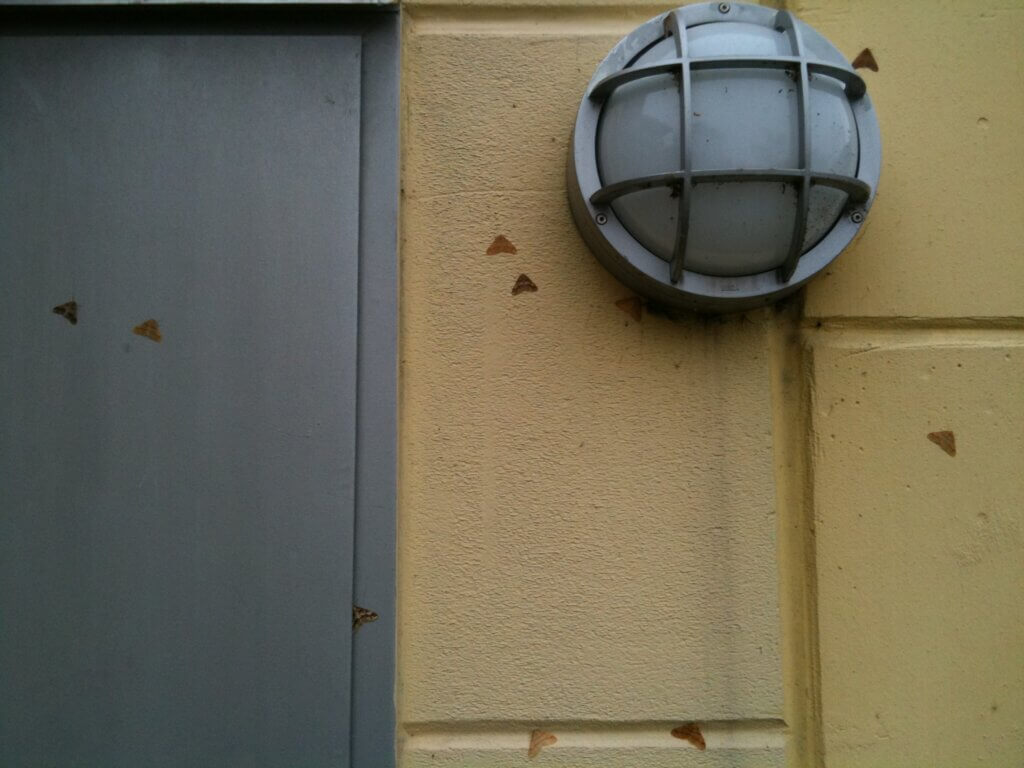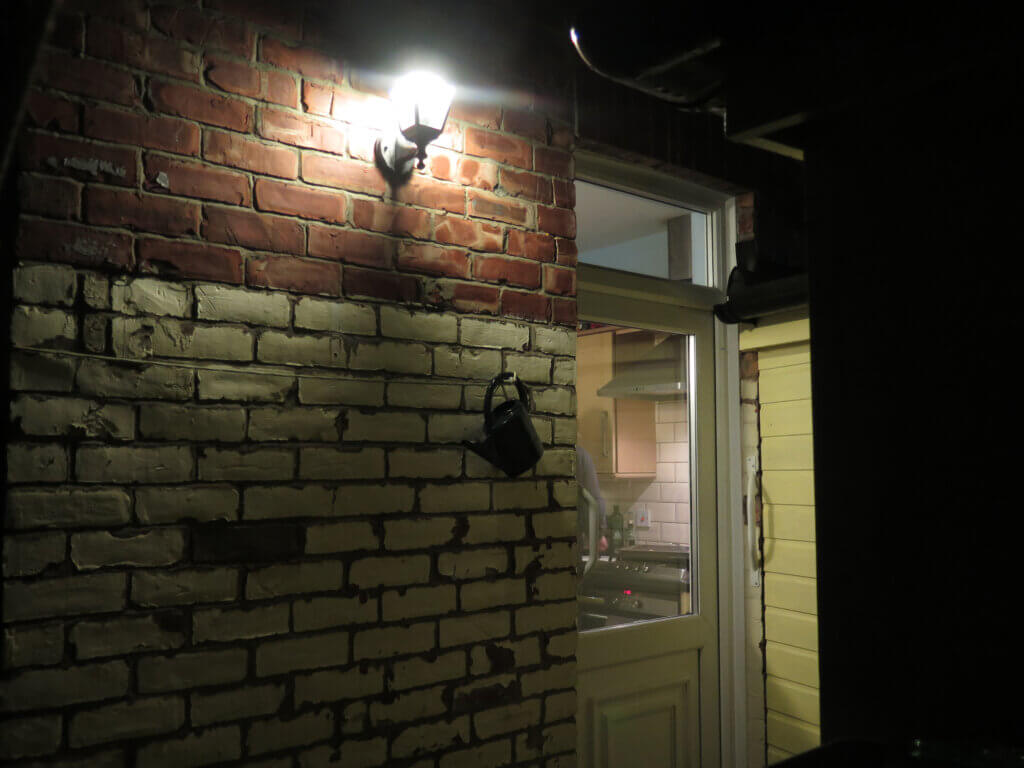
After studying zoology at university Jonathan was involved in ornithological research and conservation for a number of years in France, Scotland and West Africa. Subsequently he has spent most of his career as an environmental consultant, assisting industry in managing its environmental impacts. Wildlife, particularly insects, remain his first love however and he is a keen butterfly and moth recorder and an active member of the North East England Branch of Butterfly Conservation.
Jonathan’s previous guest blogs here can be seen here.
Through the efforts of moth recorders up and down the country and analyses carried out on the data they produce by Butterfly Conservation and others, we know that many of our moth species are in decline. The most recent ‘State of Britain’s larger Moths’ report revealed that many species have either decreased in abundance or have contracted their range over the past fifty years. As for other declining wildlife in this country, habitat loss or deterioration is likely to be a major factor in this decline but sadly it is not the only thing having an adverse impact on moths. One factor that is increasingly coming under the spotlight (as it were!) is the potentially harmful impact of Artificial Light at Night (often referred to as ‘ALAN’) on moths.

It has long been known that many moth species are strongly attracted to artificial light and the colloquial expression ‘like a moth to a flame’ reflects the fact that this behaviour is potentially dangerous for the moth. It is not known for sure why moths fly towards light and the various theories proposed vary in how credible they are but what is certain is that moths evolved in an environment in which the only regular source of bright light at night was the moon. The modern world in which ALAN is ubiquitous, therefore represents a challenge to moths. This can lead to harm in several ways.
Most obviously, bright lights can attract large numbers of moths which can become trapped or exhausted. I have seen clouds of moths swirling around bright floodlights in summer and the large lamps used to illuminate buildings at night often have an accumulation of dead moths around the bulb. The German lepidopterist Axel Haussman estimated that the lamps illuminating just one statue in southern Italy attracted approximately 5 million macro moths a year! It is hard to know what the impact of this is at a population level but it is certainly an additional source of mortality bearing down on populations that are already stressed by other factors. As well as the moths that die as a result of burning on or getting trapped within the lighting structure, a further issue is that predators quickly learn that the lamps concentrate moths and this may lead to higher-than-normal levels of predation, at least on a local scale. Bats can often be seen hunting over lamps, whilst songbirds learn that, come the morning, there will be moths resting on the walls near to lamps, often on surfaces against which their natural camouflage is ineffective.

As well as being lured to their deaths by bright lights, moths are also affected by ALAN in other ways. Moths that have been drawn towards an artificial light source may as a result be spending less time feeding, seeking mates or looking for egg-laying sites. Furthermore, if nocturnal activity is stimulated by light levels falling below a particular level – which appears to be the case for many moth species – then moths that have spent the day resting in the vicinity of night-time lighting may fail to become active at all. There is also evidence that artificial light may affect larval moths, with potential impacts on feeding rates (and consequently growth), on daily activity patterns and on the timing of events such as diapause and pupation. All of these have potentially significant impacts on survival.
Moths may be the most obvious victims of ALAN but they are certainly not alone. A variety of other insects including beetles, flies and others are attracted to light and may suffer in similar ways to moths. Vertebrates are not immune either. A recent study in the Journal Plos One estimated that in the US, more than a billion birds may be killed annually in collisions with buildings and suggested that night-time lighting is an important contributory factor to this.
Other groups may be affected in different ways. For example it is known that marine turtle hatchlings in some places may be induced to head inland towards beach resort lighting rather than out to sea as they should.
Can anything be done about artificial light at night? Evidently there are good reasons why some lighting needs to be on throughout the night but this is certainly not the case for all ALAN. Many lights could be turned off with very little inconvenience to people and to the great benefit of moths and other nocturnal wildlife (as well as to astronomers!). Careful design and installation can also reduce impacts by reducing the amount of light that is spilling beyond the area that needs to be illuminated. Because different wavelengths of light differ in how strongly they attract moths and other nocturnal insects, choosing bulbs with a colour temperature that is not strongly attractive can also be beneficial. As with many environmental problems this is an issue where action is needed at various levels from the individual up to government. If you would like to see what you can do to reduce your personal contribution to light pollution and help keep ALAN indoors, a free guide is available from Butterfly Conservation: https://butterfly-conservation.org/free-light-pollution-guide.

[registration_form]